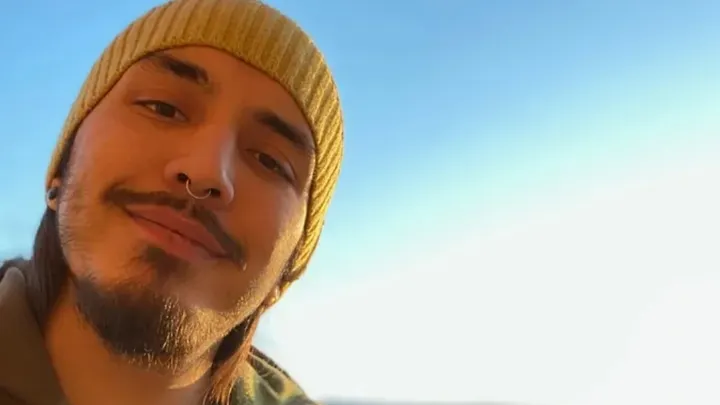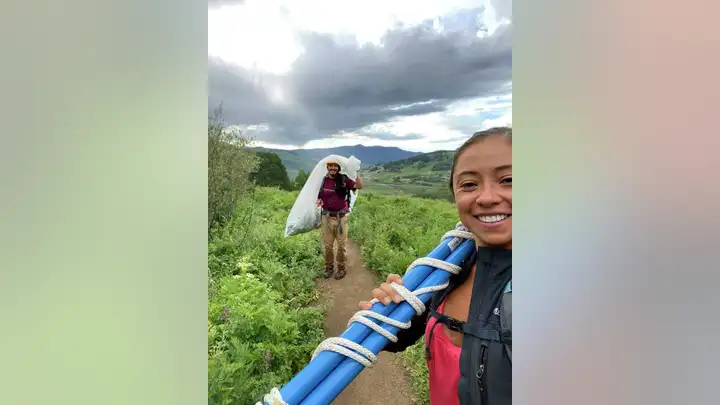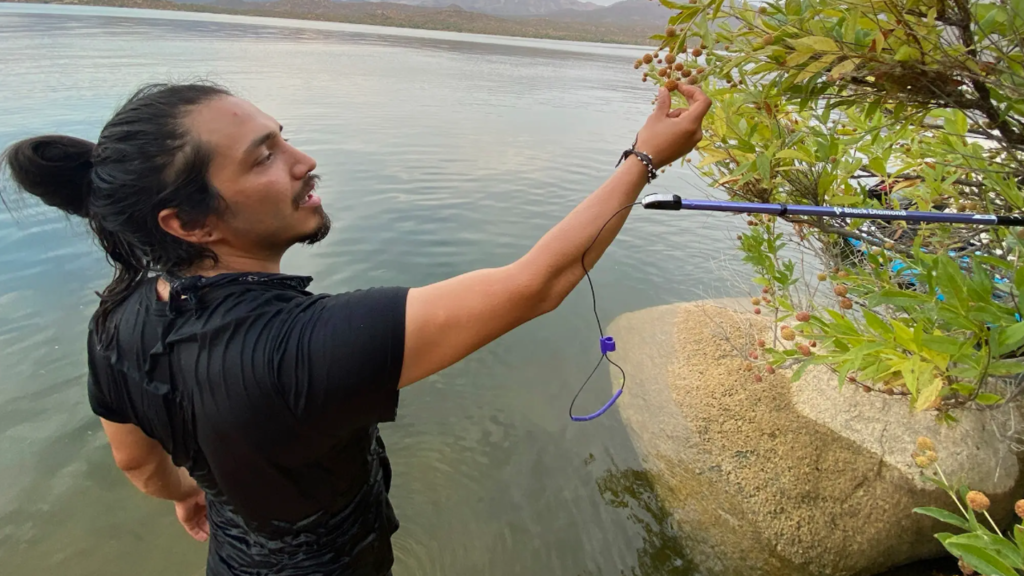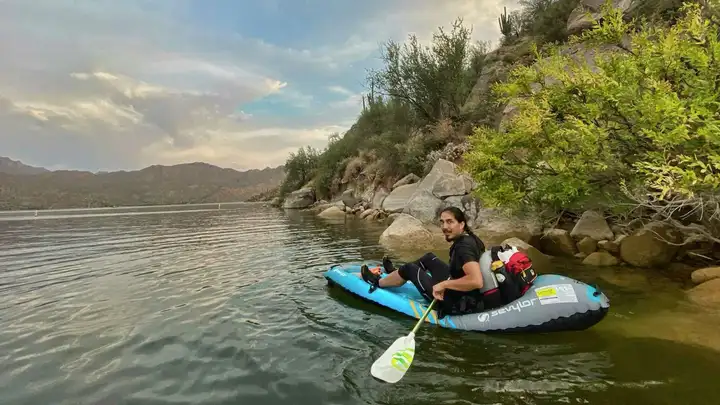Gabriel Trujillo fatally shot 7 times during research trip; was to get married in August

A tragic incident occurred during a research trip in Mexico when Gabriel Trujillo, a 31-year-old Ph.D. student, and botanist, encountered a dangerous situation. Unbeknownst to him, he entered an area formerly controlled by Joaquin “El Chapo” Guzman and his criminal organization. Trujillo, who had plans to get married and start a family, was shot seven times and left to die inside a black SUV.
Trujillo’s purpose in Mexico was to utilize his botanical research on the buttonbush, a flowering shrub that has various environmental benefits such as preserving water quality, supporting wildlife habitats, and preventing erosion. He aimed to create a garden and restore wetlands in the area.
Tragically, on June 22, authorities discovered Trujillo’s body in the state of Sonora, Mexico. This region has experienced a surge of violence and instability following the arrest of Joaquin “El Chapo” Guzman in 2016, as described by private investigator Jay Armes III, who shared this information with Fox News Digital.
Extreme heat warnings are in effect across the US, likely through at least Monday
In the northwest state of Mexico, three rival cartels are currently engaged in a violent conflict. As of May, there have been 518 reported murders in the region. These cartels include two factions of the Sinaloa Cartel, as well as the Caborca Cartel, which operated simultaneously under El Chapo’s rule.
Jay Armes III, a private investigator specializing in crime in Mexico, explained that the situation has intensified due to multiple cartels vying for control over the same territory.
Adding to the complexity, the head of the Jalisco-based Nueva Generacion Cartel is also attempting to expand its influence across Mexico and has started to establish a presence in the region.
Armes III emphasized that this unfortunate timing led to the Ph.D. student unwittingly entering a dangerous war zone. Previously, only the Sinaloa Cartel patrolled the area, but now all three cartels are actively seeking control, engaging in conflicts with one another, and targeting individuals who are not affiliated with their respective groups.
Biden’s unsavory thoughts about the Supreme Court and our Constitution
According to Armes III, it is believed that Gabriel Trujillo, who was reported missing by his fiancee, Roxanne Cruz-de Hoyos, had likely been followed by cartel spotters since he crossed the Arizona border on June 17.
These spotters, known as “falcons ” or “halcones” in Spanish, can be individuals of various ages, including kids, teenagers, adults, and elderly men, who are paid by the cartels. They use encrypted walkie-talkies to communicate and report any unusual or suspicious activities they observe.

“When a spotter identifies someone who doesn’t belong in the area, they will send a patrol or a group of hitmen, known as sicarios, to remove them,” he explained. “Once a group of sicarios confronts you, they categorize you as either a civilian, law enforcement officer, or a member of a rival cartel.”
“If they determine that you don’t fall into the category of an innocent civilian going about their own business, they will kill you. However, if you are considered a regular citizen, they may rob you just for the sake of it.”
Alabama Lightning Strike Kills Dozens of Cows
In Trujillo’s situation, it is believed that the sicarios mistook him for an undercover DEA agent. This assumption is based on the fact that they did not steal his SUV, which they typically use for their operations, and they did not mutilate his body as a warning to rival cartels.
“Consider this scenario: You are a hitman patrolling a remote area, 65 miles from the border. Suddenly, you come across a person lurking in the bushes with American license plates, claiming to be conducting research on buttonbush. Do you really think they would believe such a story?” Armes III explained.

“What struck me as unusual was that they killed him and left him inside his SUV, instead of dragging him out, killing him, abandoning his body by the roadside, and taking the vehicle,” he stated.
“This indicates that they might have panicked or that one of them in the car suspected he might be some kind of law enforcement agent. Therefore, they probably opened fire on him with machine guns and swiftly departed from the scene.”
The Sonora state prosecutor’s office said in a statement Thursday that it was analyzing evidence “to establish the facts, circumstances and cause of death.” The statement did not give details about what happened or rule Trujillo’s death as a homicide.
As of Saturday, there was no official update. Arms III said he called some independent sources in the area and it was one of the cartels, but who and why remains a mystery.
Love Blossoms
Trujillo was pursuing his Ph.D. at the University of California, Berkeley, as a recipient of the Ford Foundation fellowship. He was expected to finish his program in 2025.
It was at UC Berkeley where he crossed paths with Roxy, who is also a postdoctoral fellow. They worked together, conducting research on the extensive death of trees and gathering buttonbush samples.

Cruz-de Hoyos had been undergoing fertility treatments for the past two years. The trip to Mexico this summer was intended to be Trujillo’s final research expedition before the couple started trying to conceive a child, as reported by the Associated Press.
They had jointly purchased a house and had custom engagement rings made. They had also envisioned a wedding ceremony officiated by an Indigenous elder, planned to take place by the end of the year.
They had intended to share their joyous news in August upon Trujillo’s return from his trip.
“We were fully devoted to dedicating our lives to environmental conservation and research,” she shared with the Associated Press. “We believed that Indigenous communities have been the custodians of these lands since time immemorial.”
Trujillo was attracted to Sonora and had the desire to reconnect with his Opata Indigenous heritage by exploring the ancestral lands of the group.
Having a common ancestry in the Nahua Indigenous community, which has historical connections to the Aztec civilization in central Mexico, the couple vowed to integrate their identities and scientific pursuits as they built their life together.
